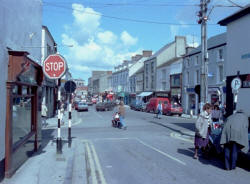 |
A view down
O'Connell Street I took from Harmony Hill.
Click on
image at left for full photo
|
|
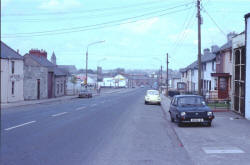 |
Mail Coach Rd, one of the main streets into
town from the south. On the left in the distance you can see the spire of the
Cathedral of The Immaculate Conception which sits across from the Bishop's
residence. Click on
image at left for full photo |
|
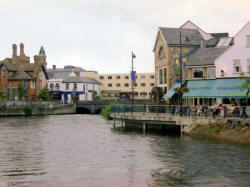 |
The banks
of the Garavogue River have been converted from derelict
warehouses to a beautiful walkway full of cafes, shops, and
restaurants.
Click on image at left for full
photo |
|
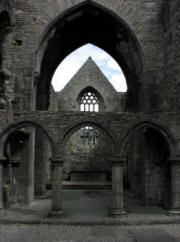 |
Sligo Abbey (the Dominican
Friary of Sligo) was founded in 1253 by Maurice FitzGerald,
Baron of Offaly. The Abbey has had a turbulent history,
having been destroyed by fire in 1414, gutted during the
Tyrone War of 1595 and attacked during the Ulster Rising of
1641. Despite this, friars continued to inhabit the abbey
until the 18th century.
Click on image at left for full
photo |
|
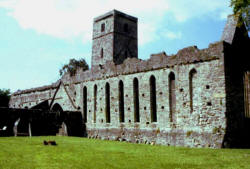 |
The Sligo Abbey again.
Click on image at left for full
photo |
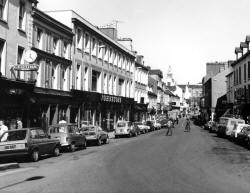 |
This black and white photo was
provided by the
Sligo Tourist Office. It shows a different perspective of
O'Connell Street looking towards the General Post Office
(GPO).
Click on image at left for full
photo |
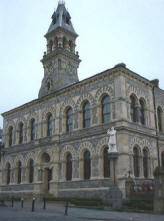 |
Started in 1885 and built on the
site of a Cromwellian Stone Fort which dated back to 1646,
the Town Hall took seven years to complete at a cost of
£5,000.
Click on image at left for full
photo |
 |
The
Garavogue River rushes under Hyde Bridge in the centre of
town early in the morning.
Click on image at left for full
photo |
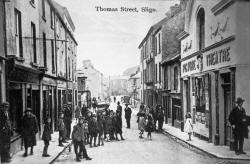 |
A view of
Thomas Street ion Sligo from the early 1900's. The building
on the left is now the ESB and the Picture Theatre on the
right no longer exists.
Click on image at left for full
photo |
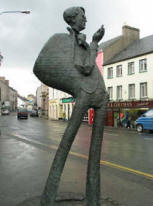 |
Statue of
Yeats which stands at the corner of Hyde Bridge and the old
Bundoran Road. The statue was erected in the late 1980's to
commemorate the poet that immortalized Sligo in his works.
Click on image at left for full
photo |
